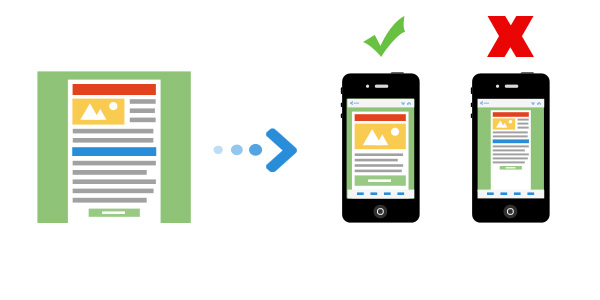Making a responsive web design takes a ton skill. It’s not just about making the content fit a smaller window. It’s about delivering a solid user experience to a growing number of web-enabled devices. Recently web design discussed making altogether separate gadget experiences; however this essentially isn’t scalable over the long haul. Making versatile experiences is a more intelligent path forward; however this methodology accompanies its challenges.
Responsive Web Design Do’s
- Design with the user in mind – any look to develop a design which optimizes the experience
- What device are they using?
- What are they trying to achieve
- Do keep page size to a minimum using best performance based practices
- Design using the fluid grid – it was the original proposition for how RWD should work and it got support from Adobe. The fluid grid is when page elements are sized in relative (%) units and the number of grid columns change depending on the width limits.
- Do check out what’s above the fold on different devices as you’ll find ‘once size doesn’t fit all’
- Design for each device individually – A phone is not a tablet is not a laptop is not a desktop is not a TV, and they all have their own characteristics that you need to be aware of and design for.
Responsive Web Design Don’ts
- Don’t penalize users for the device they happen to be browsing with.
- Don’t hide content from mobile users – change the content to make it accessible to all
- Don’t clutter the design and add unnecessary items – ask yourself “is it necessary to the user – does it add anything’
- Don’t over bloat pages for mobile users – remember 74% of mobile users will leave after 5 seconds of waiting for a page to load, and the unfortunate reality is that only 3% of small screen versions of responsive sites are significantly lighter than their large screen counterparts. That means users bear the burden of a potentially massive download.
- Don’t make text links so small that they can’t be clicked on when browsing using a mobile device.
We at iPOT Technologies design your website responsive and you get more traffic because you can view your website how in desktop likewise you can see in mobile,tablet and ipad.

Web Design, Web Development and SEO Company in Bhopal
ReplyDeleteWeb Design Company in Bhopal
Web Development Company in Bhopal
SEO Company in Bhopal
Best Content writing Services in Bhopal